Language
You can read the magazine in one of the following languages
Geolocation
You can read the global content or the content from your region
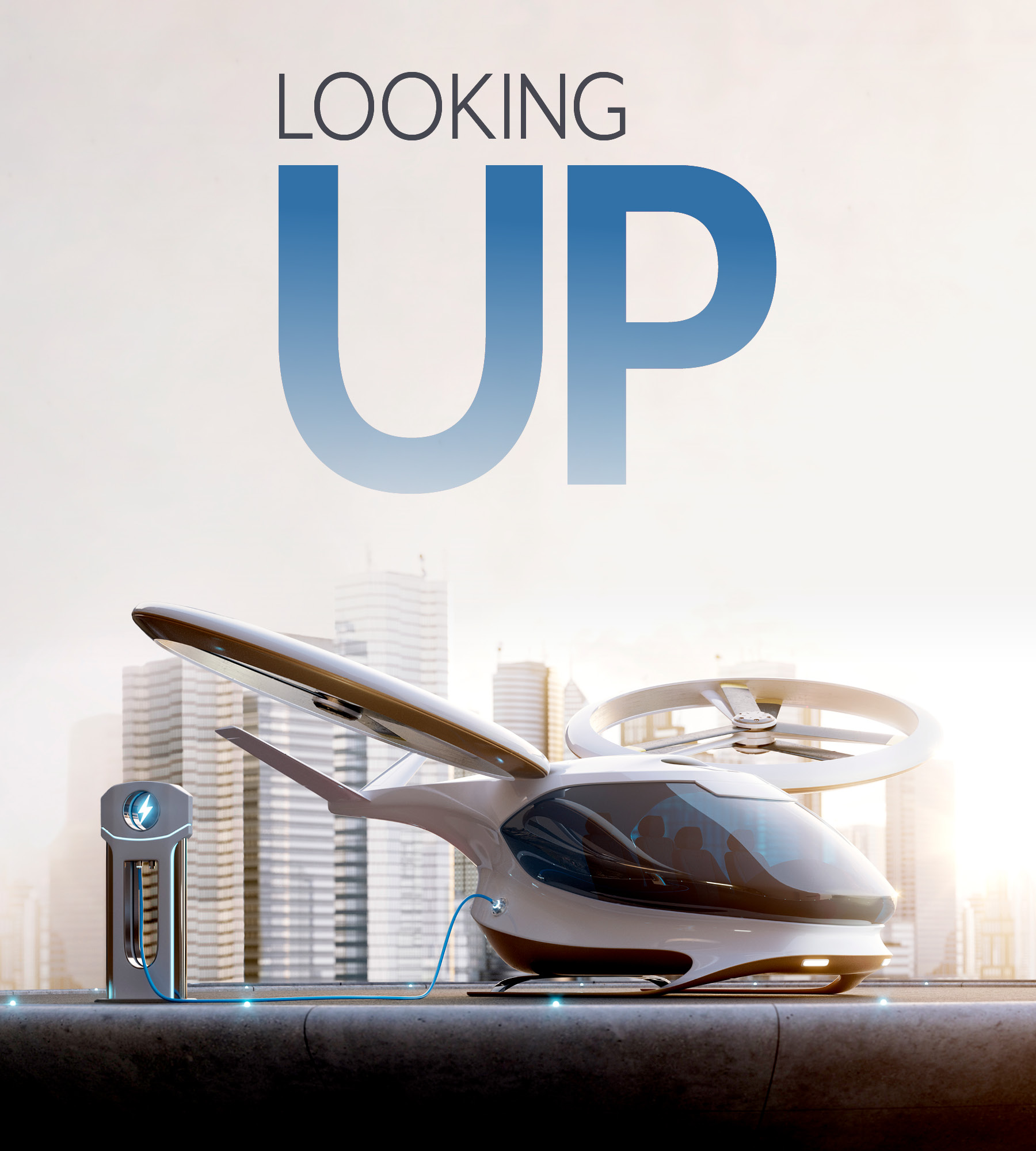
Even in the innovation-led era in which we live today, where technology is ever more sophisticated, the spectacularly futuristic aircraft designs of tomorrow are something derived from the imagination of HG Wells.
Take the revolutionary electric vertical takeoff and landing vehicles, known in industry circles as ‘eVTOLs’, which are the aircraft equivalent of a taxi.
A prototype was developed by aircraft manufacturer Airbus and its design could loosely be described as a souped-up helicopter that wouldn’t look out of place in a science fiction movie. The blueprints for similar aircraft developed by other manufacturers – Eve Air Mobility among them – are equally fantastical.
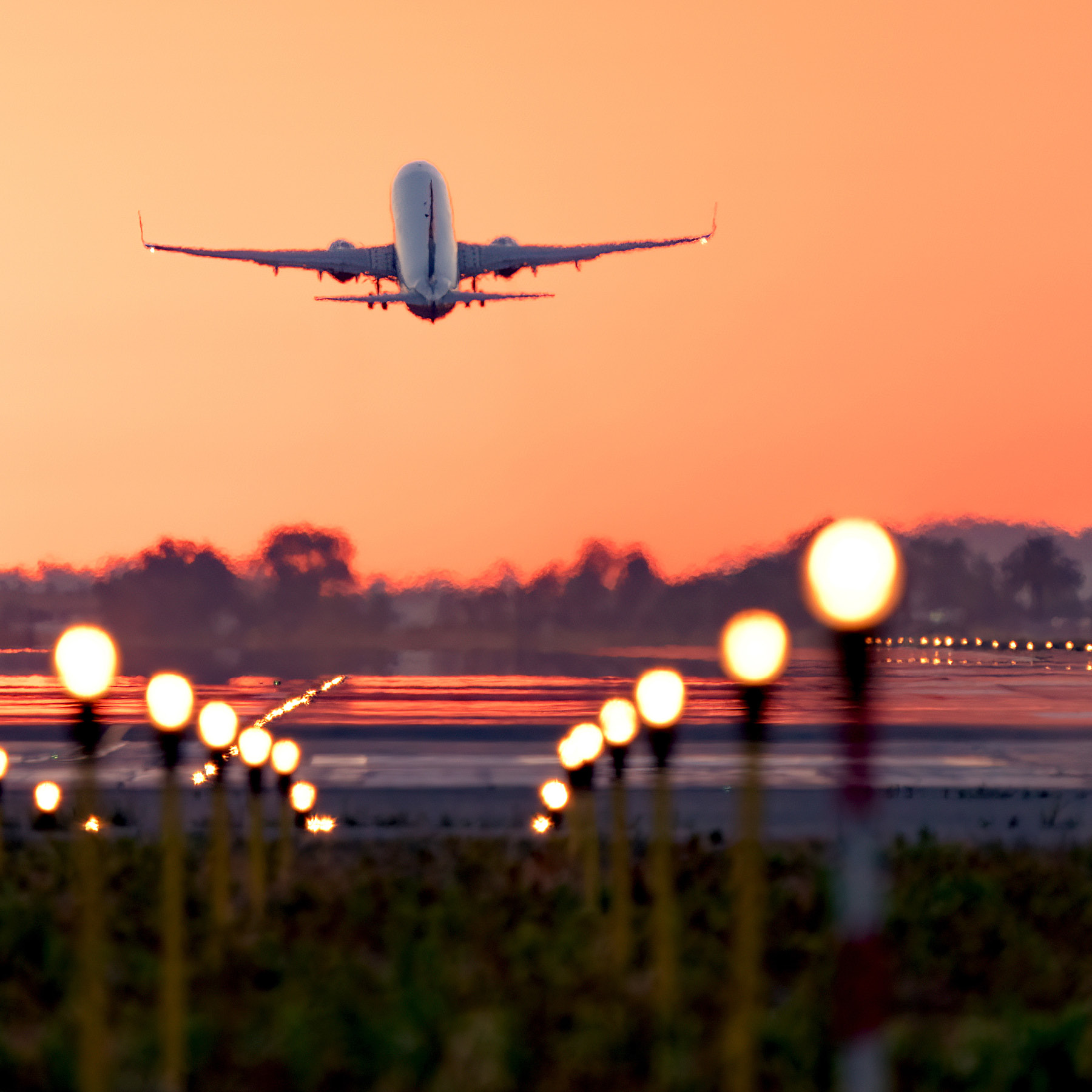
For all the economic benefits it generates, and the excitement that comes from jetting off to foreign lands, aviation has long been singled out, maybe unfairly, as an emission-spewing villain in the climate change battle.
Such aircraft have been designed for short hops within urban sprawls and form one small element of an aviation future that, now the worst of the COVID-19 pandemic is over, is rapidly becoming the sector’s most pressing issue: sustainable flying and how to achieve it.
For all the economic benefits it generates, and the excitement that comes from jetting off to foreign lands, aviation has long been singled out, maybe unfairly, as an emission-spewing villain in the climate change battle.
The industry is responsible for between two-and-three percent of global emissions, a figure that triggered the emergence of ‘flight shaming’, a movement designed to make frequent flying socially unacceptable.
Despite inevitable claims that airlines are guilty of greenwashing, the industry appears acutely aware of its responsibilities. The International Air Transport Association (IATA), aviation’s governing body, has committed to a target of net zero carbon emissions by 2050. It is an objective shared by its 300 member airlines, which collectively represent 83 percent of all air traffic.
Central to realizing such an ambition – and no-one in the industry is under any illusions about the size of the challenge – rests in developing sustainable aviation fuel (SAF), a remedy that emits 80 percent less carbon than conventional fuel.
SAF can be produced from a number of sources, including cooking oil, agricultural waste and non-food crops. But the complexities and costs associated with SAF mean supply remains severely constrained.
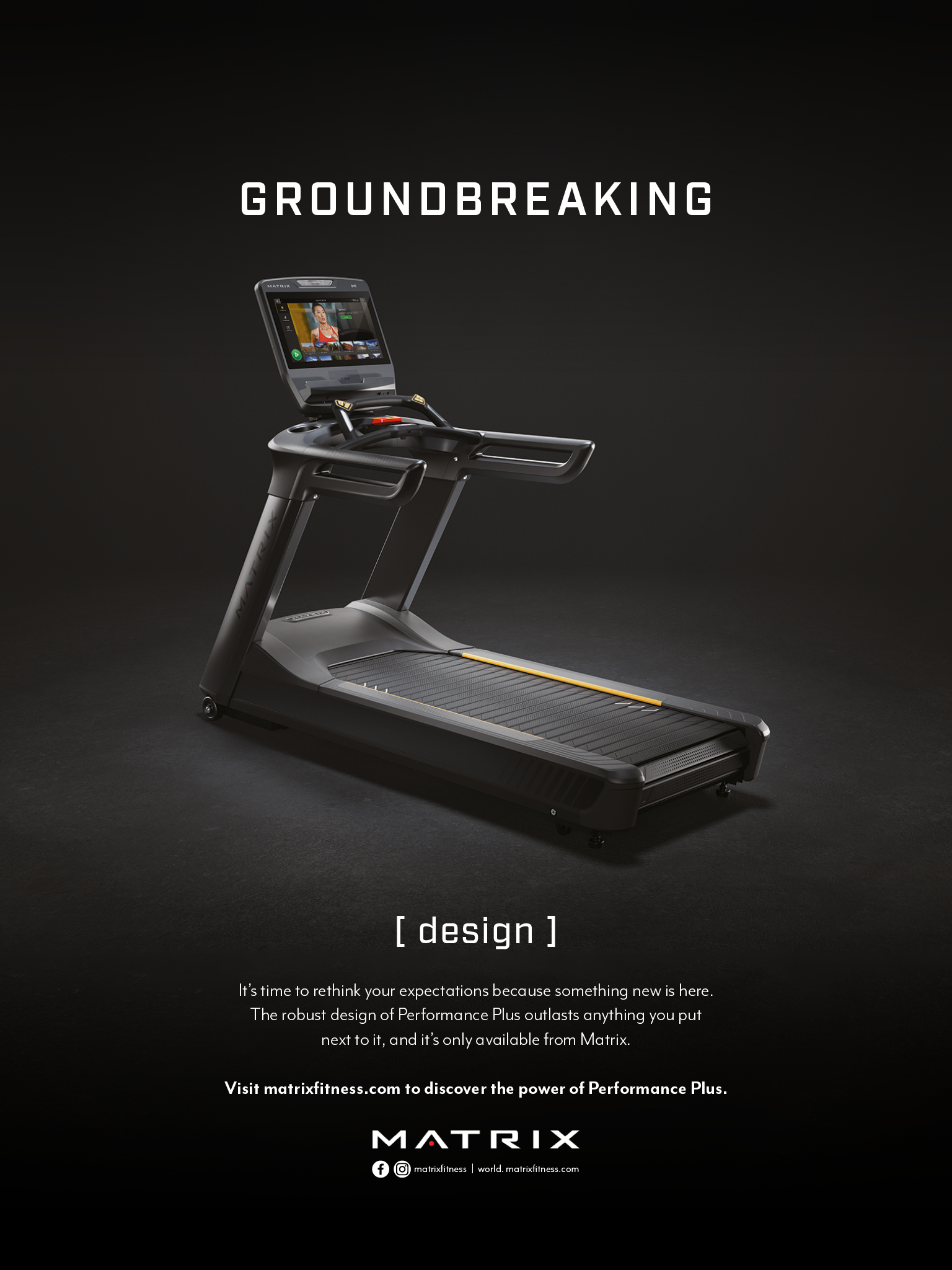
That said, progress is being made, according to IATA, with 300 million liters of SAF produced in 2022, a 200 percent increase on the previous year. Yet even that sizable growth is dwarfed by the size of the task ahead. Airlines, it is estimated, will require 450 billion liters of SAF in 2050 to achieve the net zero target.
Among the airlines positioning themselves as a front-runner in the quest for carbon-free air travel is American carrier United, which has been using sustainable fuel since 2016.
In late 2021, it claimed to be the first carrier to operate a commercial flight using 100 percent sustainable fuel. Over the years the business has also made multiple investments on a series of technologies and experimental concepts that may, in time, be capable of producing vast quantities of clean fuel.

SAF can be produced from a number of sources, including cooking oil, agricultural waste and non-food crops. But the complexities and costs associated with SAF mean supply remains severely constrained.
Its most recent project, announced in February, has seen the airline form a joint venture with energy infrastructure company Tallgrass and biorefining firm Green Plains to develop and commercialize a novel SAF using ethanol as its raw material, or feedstock. The joint venture, Blue Blade Energy, hopes to construct a pilot facility next year with a full-scale operation penciled in for 2028, should the technology be successful.
United Chief Sustainability Officer Lauren Riley says it is crucial to invest in a “whole host” of possible solutions.
“There’s not just one way to make alternative fuels. Today, generally speaking, folks have used cooking oil, French fry oil, which is converted into SAF. But there’s only so much French fry oil in the world that can be used for alternative fuel so that’s going to run out,” Riley tells The CEO Magazine.

“These are the solutions we need to explore, and as an industry we are just starting, but it’s going to snowball.”
– Lauren Riley
“But there’s a host of what I call ‘generation two SAF’ and that’s when you look at trash from your trash can, how alcohol is turned into fuel. Think about the ethanol you put in your car. Why can’t we do that for jet engines?”
The possibilities are plentiful, but many are in their infancy. According to Riley, the future of sustainable flying rests in capturing carbon dioxide from the atmosphere and converting that into jet fuel. While the technology exists today, the current economics “are terrible”, she says.
“These are the solutions we need to explore, and as an industry we are just starting, but it’s going to snowball,” Riley says.
Through its Mission NextGen Aircraft project, Air New Zealand, too, is investing heavily as it seeks to achieve net zero by the middle of the century. Late last year, the airline began collaborating with four global innovators specializing in electric, green hydrogen and hybrid aircraft.
Air New Zealand’s Chief Sustainability Officer, Kiri Hannifin, believes the initiative will help it unlock opportunities and understand the challenges.
“We’re working closely with our partners on zero emissions aircraft technology, with the ambition to have our first flight, either passenger or cargo, in the sky by 2026 and then having a viable replacement option for our Q300 (domestic) fleet in the 2030s,” she says.
While SAF will, in all probability, remain the industry’s major weapon in the crusade to decarbonize air travel, the emergence of new technologies is likely to play an increasingly important role. Hydrogen-powered planes will be among the options.
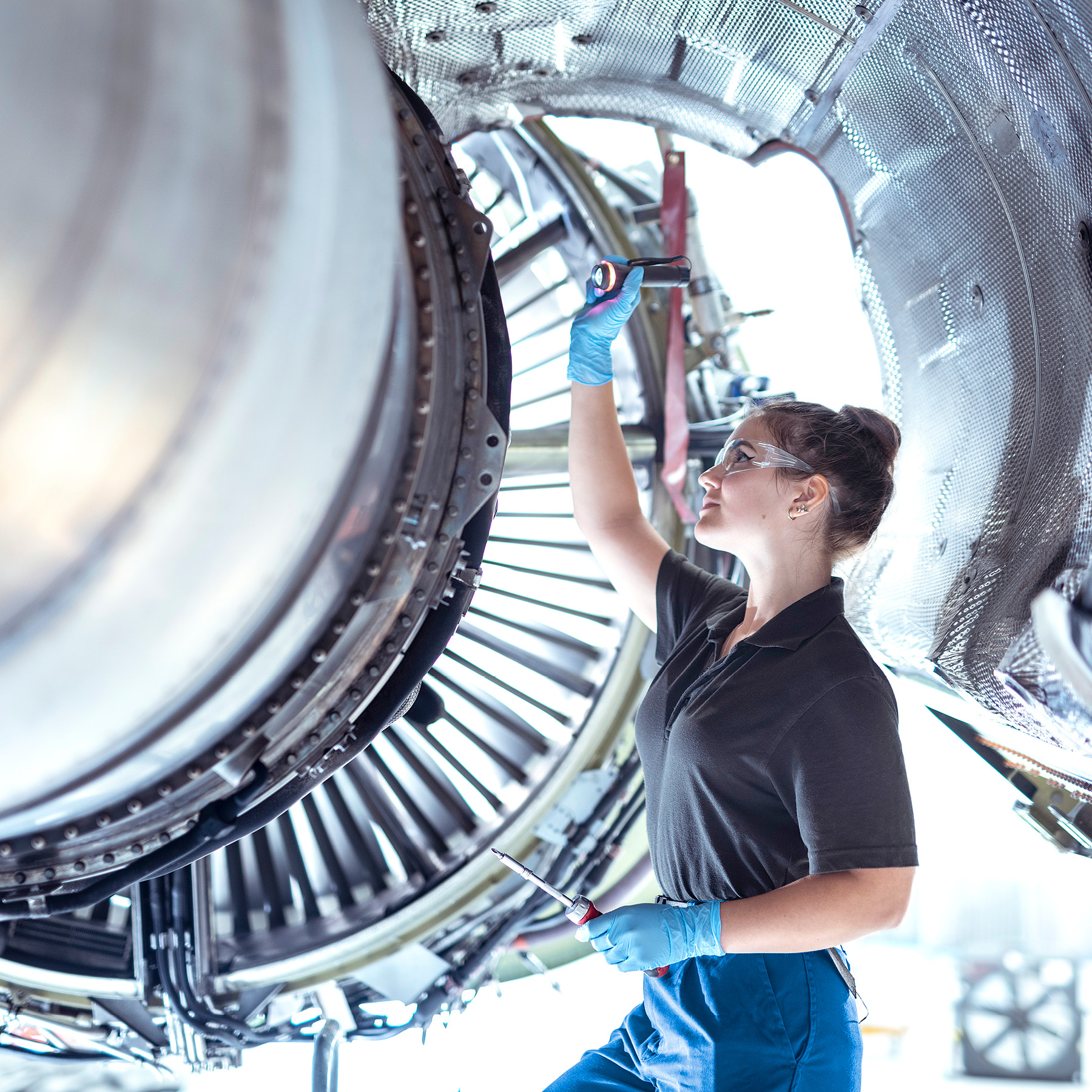
“We’re working closely with our partners on zero emissions aircraft technology, with the ambition to have our first flight, either passenger or cargo, in the sky by 2026.”
– Kiri Hannifin
United has invested in ZeroAvia, a company developing a hybrid hydrogen-electric solution.
“It allows you to retrofit to an existing aircraft, so you remove the conventional engine and replace it with a hydrogen fuel cell engine using electric batteries,” Riley explains. “What I love about ZeroAvia is that it allows us to keep the assets we already have, but also allows us to address the problem of emissions.”
However, electric propulsion on its own, while eliminating carbon emissions, is likely to be limited to regional hops, such is the size of the batteries required to power the aircraft.
To illustrate Riley’s belief that sustainability will snowball, more airlines are testing the water in meaningful ways, with both Etihad and Swedish regional airline Braathens operating carbon-free flights in recent months.
What is clear is that airlines alone cannot achieve their individual objectives and that of the wider industry. It will take the know-how of sophisticated tech companies and the expertise of specialist innovators to get anywhere near the 2050 target.
“The industry’s net zero strategy was written with the technical knowledge of 2022,” says an IATA spokesperson. “SAF and hydrogen pathways will continue to benefit from further efficiency improvements, enabled by enhanced technologies, production processes and operations. They will evolve and improve year after year and should provide us with more opportunities to decarbonize.”
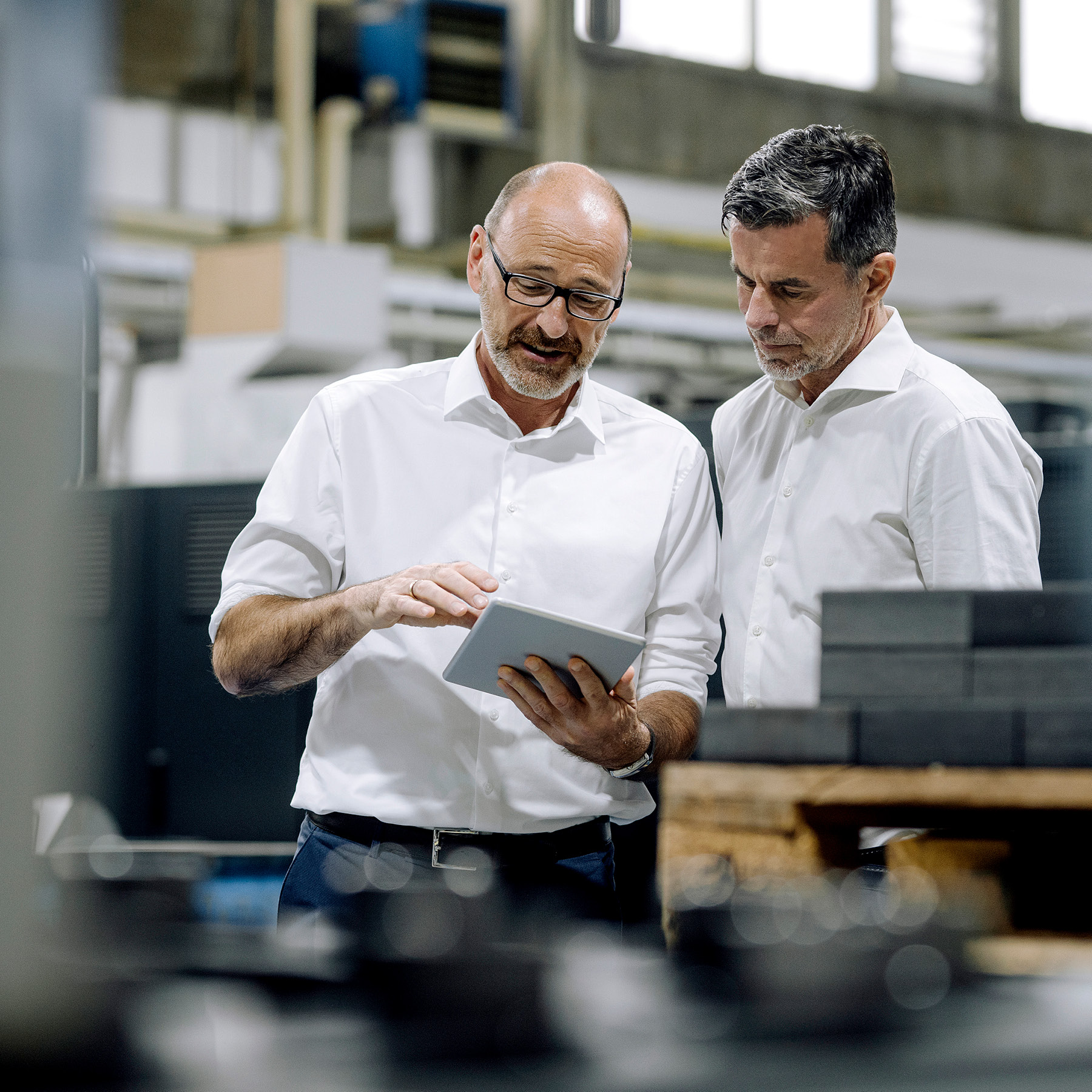
It will take the know-how of sophisticated tech companies and the expertise of specialist innovators to get anywhere near the 2050 target.
It’s a view shared by Riley. “Two years ago there was no dialogue around decarbonization, no conversation around innovation and sustainability,” she says. “Today, as Chief Sustainability Officer, every conversation I have is about the environment, innovation, climate technology and future solutions. Who knows what we’ll be talking about in two years’ time?”
It may be a challenging and complex issue for airlines, but that’s not all. “It’s also going to be exciting, and a whole lot of fun,” Riley enthuses.